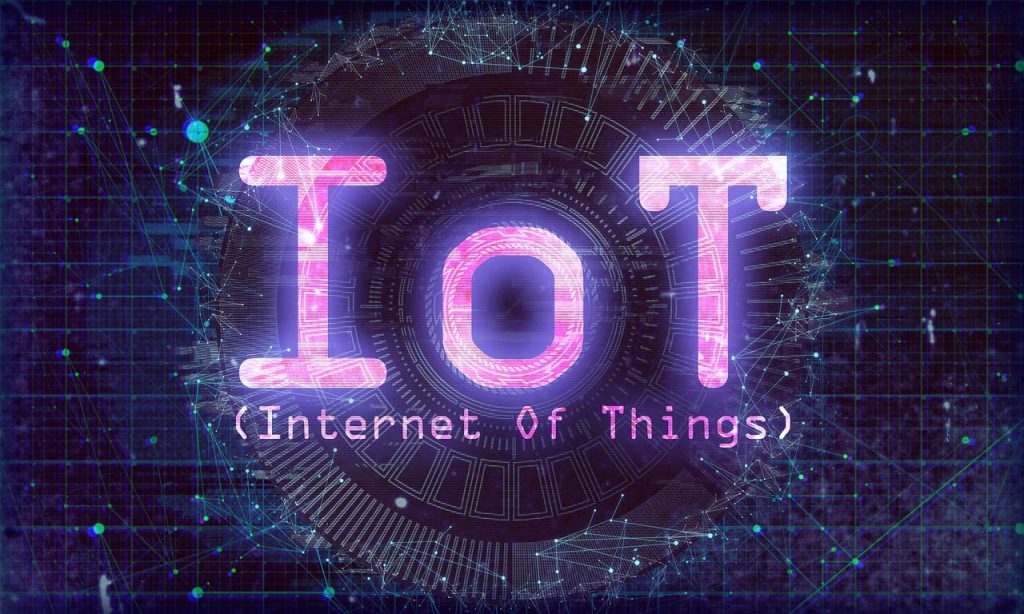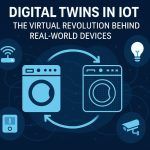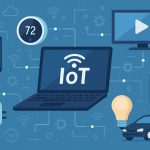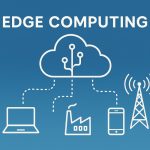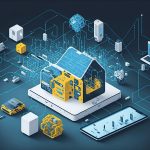The Internet of Things (IoT) is a term you’ve likely heard, but what does it really mean? At its core, IoT refers to the network of physical objects—“things”—embedded with sensors, software, and other technologies that enable them to connect to the internet and exchange data. From smart home devices to industrial machinery, IoT is transforming the way we interact with technology and the world around us.
How IoT Works
IoT operates through a combination of three key elements: sensors, connectivity, and data processing. Sensors are responsible for collecting data, such as temperature, motion, or location. Connectivity enables these sensors to transmit data to other devices or cloud-based systems, typically through Wi-Fi, Bluetooth, or cellular networks. Finally, data processing—often powered by cloud computing or edge computing—analyzes this information to produce actionable insights.
For example, a smart thermostat uses sensors to monitor the temperature of your home, communicates this data to a central system, and adjusts the heating or cooling accordingly. This seamless interaction between devices is what makes IoT so powerful.
Examples of IoT Devices
IoT devices come in many forms, catering to various needs and industries. Here are a few common examples:
- Smart Home Devices: Products like smart lights, smart plugs, and voice-activated assistants (e.g., Amazon Alexa, Google Nest) allow homeowners to control appliances remotely and optimize energy usage.
- Wearables: Fitness trackers and smartwatches, such as Fitbit or Apple Watch, monitor physical activity, heart rate, and sleep patterns.
- Industrial IoT (IIoT): Factories use IoT-enabled sensors to predict equipment failures, reducing downtime and improving efficiency.
Why IoT is Important
The importance of IoT lies in its ability to revolutionize how we live and work. Here are a few key benefits:
- Automation: IoT devices can perform tasks without human intervention, saving time and effort.
- Efficiency: By analyzing data, IoT systems optimize processes, reduce waste, and lower costs.
- Better Decision-Making: Real-time data insights help individuals and organizations make informed decisions.
- Convenience and Comfort: From smart homes to wearable health monitors, IoT enhances everyday experiences.
Challenges
Despite its advantages, IoT faces several challenges:
- Privacy Concerns: The vast amount of data collected by IoT devices raises questions about how this information is stored and used.
- Security Risks: Poorly secured devices can be vulnerable to hacking.
- Standardization Issues: The lack of universal standards can create compatibility problems between devices.
What is IoT a nutshell
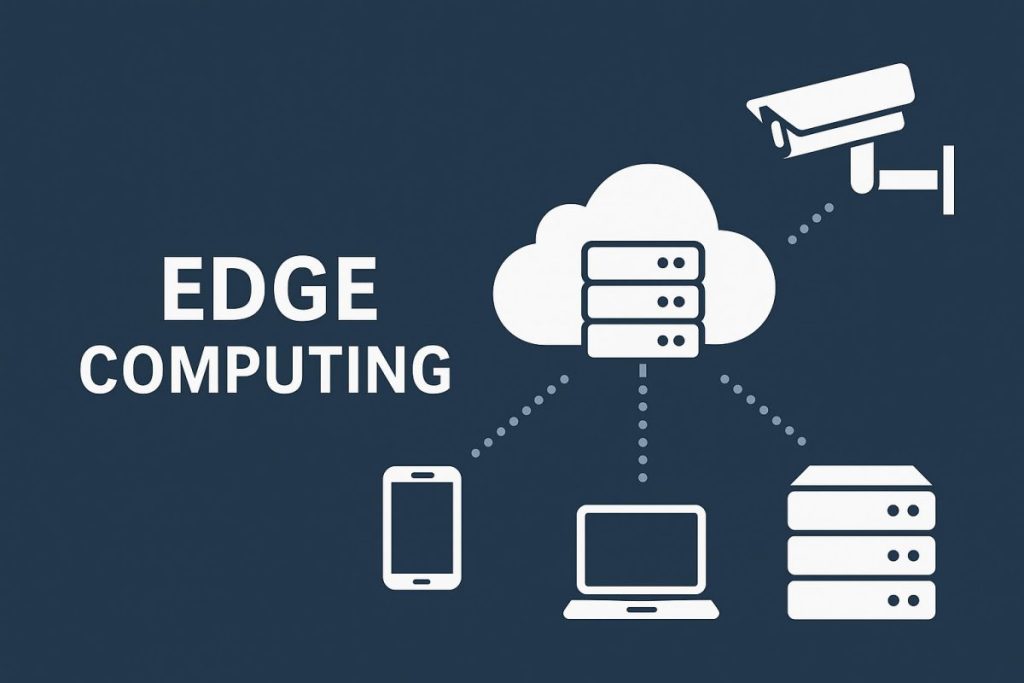
IoT is more than just a buzzword; it’s a transformative technology that’s reshaping industries and improving lives. While challenges remain, the potential of IoT to create a smarter, more connected world is undeniable. Whether you’re a tech enthusiast or a curious beginner, now is the perfect time to explore the exciting possibilities of IoT.
- Digital Twins in IoT: The Virtual Revolution Behind Real-World DevicesIn the ever-evolving world of the Internet of Things (IoT), one concept stands out as both revolutionary and transformative: Digital Twins. These virtual counterparts of physical systems allow us to simulate, monitor, and optimize real-world devices in ways that were once the stuff of science fiction. But today, they’re a practical and powerful technology shaping…
- How IoT-Connected Devices Are Quietly Transforming Everyday LifeWe often think of innovation as loud and flashy—flying cars, robot assistants, and tech that looks like it came straight out of a sci-fi movie. But in reality, the most profound changes often happen quietly. That’s exactly what’s going on with IoT-connected devices. They’re slipping into homes, businesses, and cities with little fanfare, yet they’re…
- How Edge Computing Is Revolutionizing IoT DevicesThe Internet of Things (IoT) has reshaped our world, embedding smart capabilities into everyday objects — from thermostats and security cameras to factory robots and self-driving cars. But as IoT devices grow in number and complexity, traditional cloud-based data processing struggles to keep up. Enter edge computing, a powerful solution that’s redefining how IoT systems…
More IoT articles at Gee-Tech.com – IoT Trends to Watch in 2025
